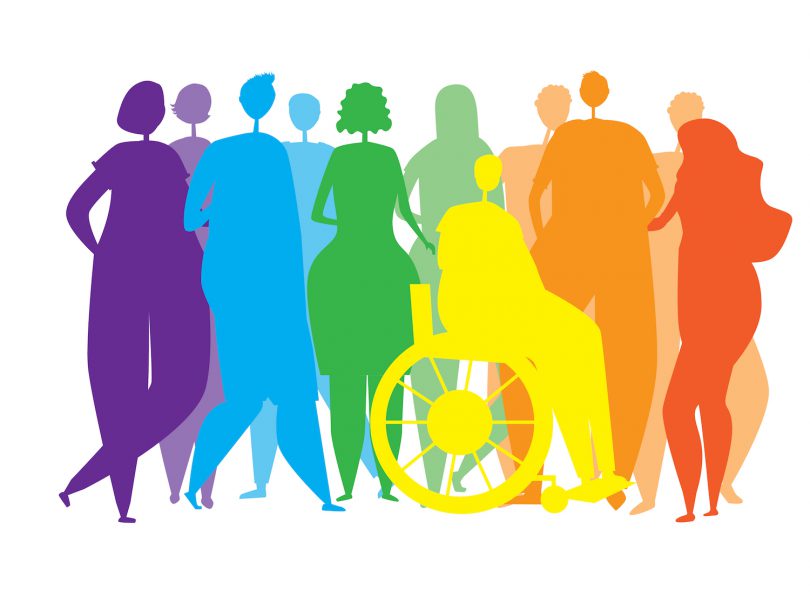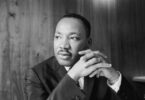In October, PRSA celebrates Diversity & Inclusion Month, featuring programs presented by the PRSA D&I Committee. This year’s theme is “Transforming the Landscape.” Please join the #PRDiversity discussion via @PRSADiversity and follow along with our D&I-related blog posts, webinars and Twitter Chats throughout the month.
I’m writing this blog post from an office adapted for a person with severe vision loss. About two decades ago, a doctor told me that my peripheral vision had gone down to ten degrees in each eye. Combined, that’s a 160-degree loss of sight from how an average person sees.
When I heard this news, my life changed forever. I gave up driving. I learned how to walk with a cane and discovered other ways to adapt. But perhaps most important, I learned to overcome a massive loss of sight.
None of this was easy for me. I cried for days. Even now, I often wish I could get in the car and go for a drive alone. However, times change, and I know from personal experience that evolution is an integral part of our lives.
Perhaps then, when we speak of diversity and inclusion, we can benefit from using a wide-angle lens. Diversity should recognize our differences in race, ethnicity, gender, sexual orientation, socio-economic status, age, physical abilities, religious beliefs, political beliefs and other ideologies.
I am fortunate to live at a time when laws have been put in place to help me overcome my disability. When I was in high school, the Title IX civil rights law meant that women could have their own sports teams. Since 1970, military women have been able to rise to command roles in non-combat units. As I began my Navy career, I trained alongside men.
But I had no idea that I would need yet another law to help me learn to live with an impending disability. Passage of the Americans with Disabilities Act of 1990 (ADA) would bring additional benefits to my federal career in communications for the U.S. Department of State, the Veterans Health Administration and the U.S. Department of Veterans Affairs.
Adaptations would often include special lighting, transportation assistance (it’s hard to visit the mayor if you can’t drive to meet him or her), and refresher courses using my ever-present, red-and-white cane.
Incorporating the “physical abilities” in our lens of diversity is crucial today, as employment statistics cite one in four people in the workforce as having some kind of physical or emotional disability. When we talk about inclusion and diversity, we would benefit by opening the aperture farther and asking these additional questions:
- Does this location meet ADA standards?
- Is this location easy to navigate for someone who is blind or in a wheelchair?
- Do we need a sign-language interpreter to help people who are hard of hearing?
- What type of support might we need for someone who can’t see?
- Does this environment seem safe for those who may be anxious or emotionally distressed?
- Have we taken the necessary steps to make this function more accessible to people with physical or emotional challenges?
I’ll never forget the day in 2015 when PRSA honored me with its PR Professional of the Year award because of the stand I had taken for government ethics. I was excited to receive the recognition but also worried. The presentation would take place in a large ballroom with theater lighting on the stage, which could be challenging to navigate.
Thankfully, a dear friend of mine, Brook DeWalt, APR+M, Fellow PRSA, found me and asked, “Paula, are you going to need help navigating up to the stage?” I said yes. Brook took me by the arm and we traversed the path effortlessly.
I’ll never forget his act of kindness that took but a moment and made a significant difference. Perhaps it’s a lesson we can all incorporate in diversity and inclusion. If you see or know someone with a disability, take a moment to offer that person assistance. But don’t be offended if they wish to steer the waters on their own. After all, independence is also one of our never-ending values.
Paula Pedene, APR, Fellow PRSA, is CEO/owner at Paula Pedene & Associates.
Illustration credit: Viktoriia Miroshnikova







